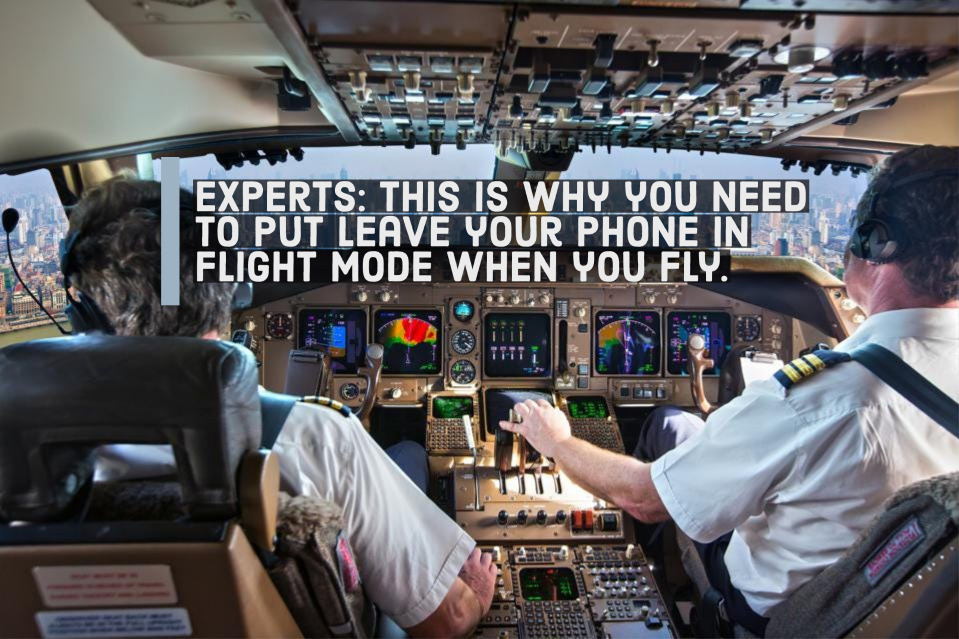Author: Mike Ross
Setting your phone in “flight” mode when boarding a plane is nothing new. When you onboard, you’ll always hear, “Kindly switch your digital devices, including any mobile phones, to flight mode.” Almost all passengers follow this request, even though they don’t understand why.
Whenever you fly, it’s always good practice to put your phone in ‘flight mode.’ Doing so has many benefits which may surprise you. It’s not just about conserving battery power; modern planes are full of sensitive radio equipment that can easily be disrupted by the devices we use. Here, experts explain why putting your phone into flight mode is essential when you travel by air.
Why do we need to activate airplane mode on our phones?
Because your phone requires a connection and is out of the range of cell sites when in the air, it will continually look for one. Therefore, if the phone cannot connect, it will transmit an intense, powerful electrical signal.
These electrical waves may affect the plane’s navigation, landing guiding systems, and flight instruments. It is becoming increasingly critical as 5G becomes more prevalent. Because of this signal, the aviation headsets may emit an unpleasant noise.
This noise can also annoy other crew members attempting to converse using the in-flight speaker system. Setting the phones to airplane mode prevents the device from transmitting any signals.
What happens if you don’t use airplane mode on your phone?
According to an expert, it has never been confirmed that a cell phone signal can “disturb the navigation function of an airplane.” However, pilots have reported that mobile phones can create audible interferences with communications, equating to the sound of a music track skipping.
This interference might disrupt one or two seconds of communication, causing uncertainty among pilots and air traffic control. Although not all phone signals may interfere with the plane’s equipment, it is a necessary procedure to guarantee a safe journey.
What makes airline Wi-Fi unique? What about 5G technology?
Many airlines offer onboard internet service, which customers may utilize on their devices, even in airplane mode. According to experts, onboard Wi-Fi systems do not pose the same threats as mobile networks.
They operate at lesser power and other frequencies than cellphones and provide less interference danger.
Similarly, 5G employs wavelengths less likely than older-generation mobile services to interfere with flight equipment.
Let’s look at the approximate prices for in-flight megabytes from Delta Air Lines, so you can understand how much it costs.
1. Inflight Messaging: Works with iMessage, Facebook Messenger, and WhatsApp for free.
2. Day Pass: Valid for 24 hours of continuous use from activation for $16.
3. Global Day Pass: Valid for 24 hours of continuous use from activation for $28.
Conclusion
Air travel has become increasingly popular, with more people flying to their destinations than ever before. However, many passengers need to consider the risks associated with using their devices while on the plane. While keeping yourself entertained with your phone during a flight is tempting, aviation experts have stressed the importance of powering down these devices to ensure maximum safety.

